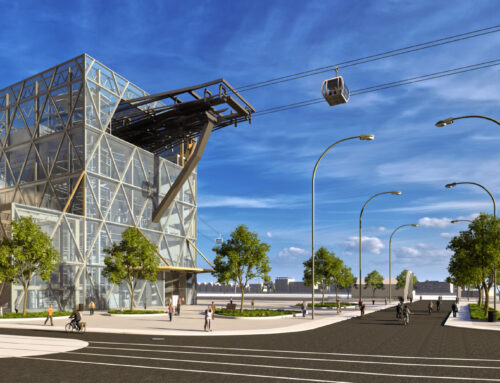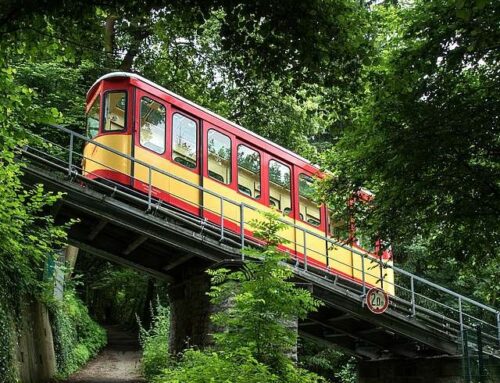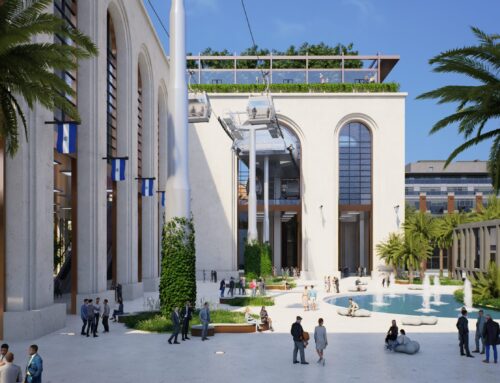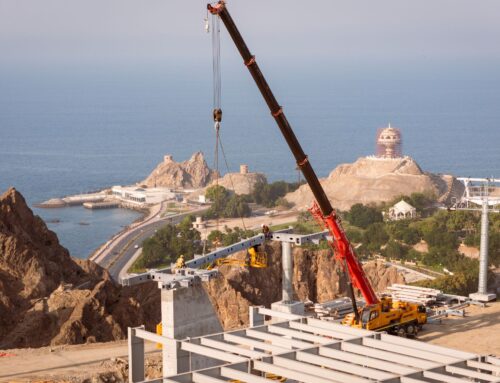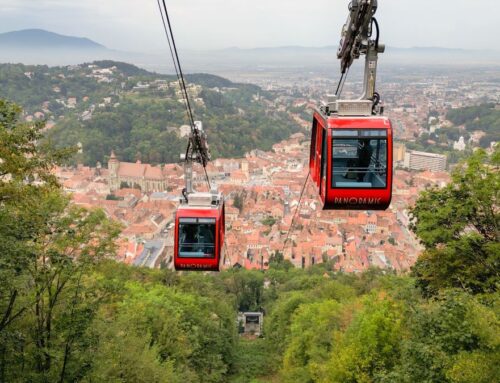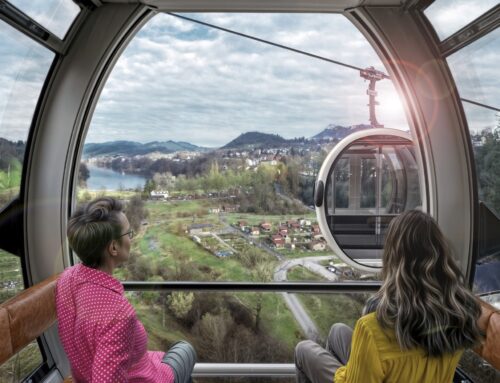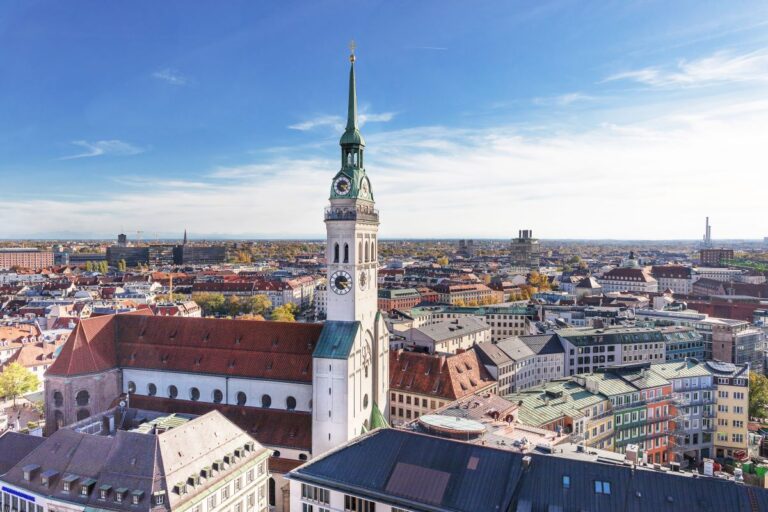
Cities
Munich: New Opportunity for a Funicular?
The idea of a funicular railway in the German city of Munich is getting a second chance. Due to the pandemic between 2020 and 2022, Thomas Kantke and his team of engineers had to pause their planning.
Now, with the German federal government launching a €500 billion infrastructure package, a new political window has opened to push the project forward. The concept is set to be presented to the newly elected city council in spring 2026.
Zoo, stadium, and more
But what is the project actually about? Specifically, the funicular is intended to connect the Siemenswerke train station with Hellabrunn Zoo and Wettersteinplatz. So far, this route has not been served by public transport, partly because a bridge in the area cannot support the necessary load.
Yet demand would be high: the zoo records between 1.8 and 2.6 million visitors annually, and up to 15,000 guests occasionally attend events at the Grünwalder football stadium.
In addition, residential developments with several high-rise buildings have been built east of the Siemenswerke station in recent years. The Siriuspark business district has also been established, and together with a second business area, around 3,000 new jobs have been created.
Technical Data:
Munich Funicular Railway
| Length | 3.512 m |
| Capacity | 2 x 400 p |
| Speed | 16 m/s |
| Maximum incline | 15 % |
| Maximum transport capacity | 3.200 pphd |
| Maximum drive power | 2 x 4,6 MW |
| Football match timetable | 7,5 min-Takt |
| Regular schedule | 10 min-Takt |
| Travel time | 6 min |
| Funicular investment | € 80M |
| Tunnel investment | € 200M |
High Passenger Potential
Counts have shown that about 20 to 25 percent of zoo visitors come from the southern surrounding area, meaning that a public transport connection to both the tram and the Bavarian Regio Railway (BRB) would be necessary to address the zoo’s public accessibility deficits.
“To leverage synergy effects and optimally connect the zoo to the subway network, Hellabrunn Zoo should be linked to both the Siemenswerke subway station and the Wettersteinplatz subway station,” Kantke reports.
Surveys of football spectators also revealed that around ten percent of fans would use the planned funicular for their arrival and departure. Last but not least, there are plans to extend an important tram line to the Siemenswerke station, which would further boost demand.
Since weekend traffic peaks from zoo visitors and football match attendees overlap additively depending on the kickoff time, transport capacities of up to 3,200 people per hour per direction are required during peak loads.
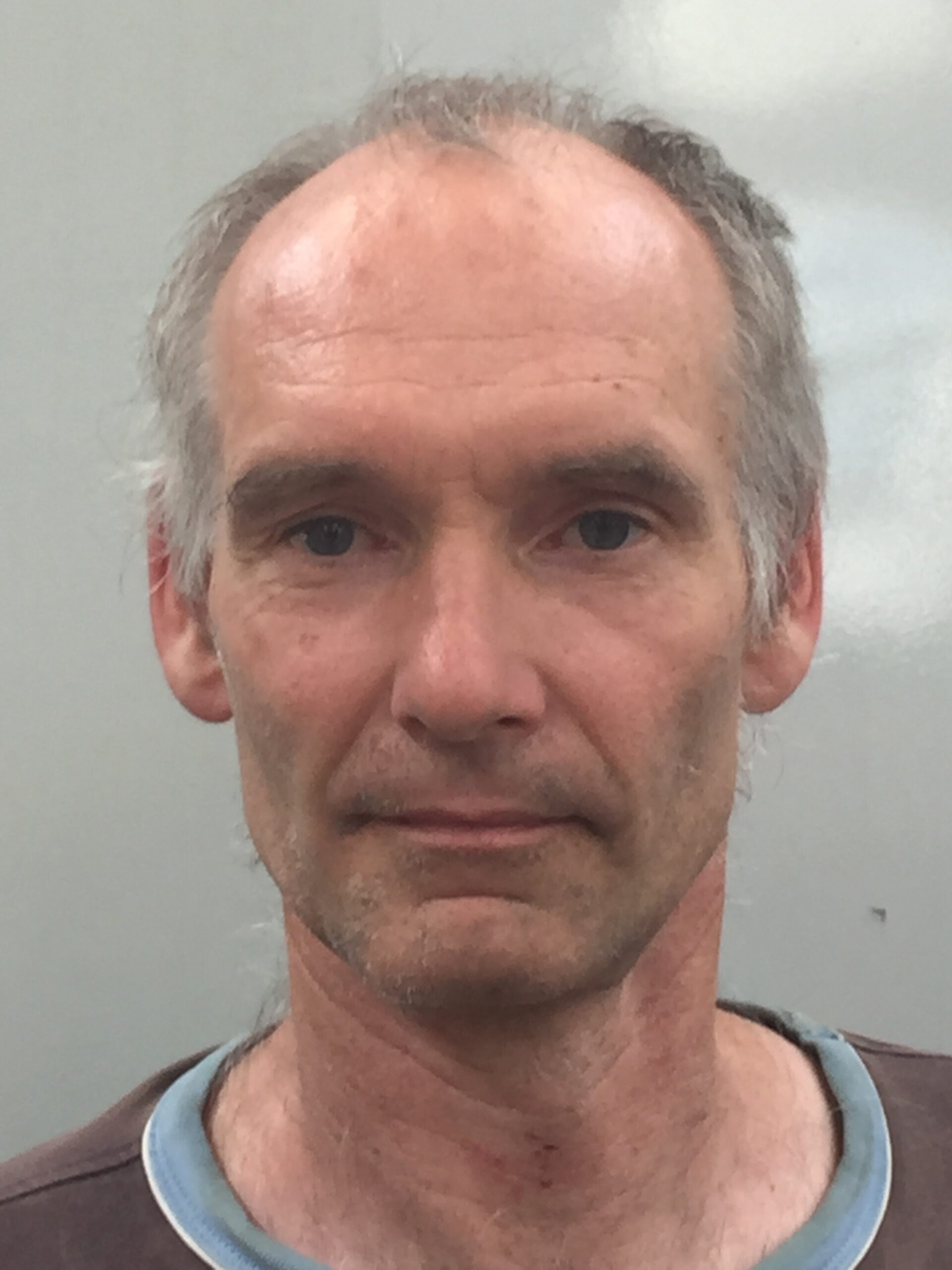
Thomas Kantke
Munich transport planner
“Currently, around 60 percent of employees in the Sirius business park use their own car for their commute. We expect that with the launch of the funicular, the share of car users can be halved from the current 60 percent to 30 percent. Surveys have also shown that ten percent of stadium visitors would use the funicular, which would likewise bring noticeable relief to traffic congestion.”
What is a Funicular Railway?
To serve the route Siemenswerke – Hellabrunn – Wettersteinplatz, there are theoretically several options, but according to studies, only the funicular railway system would truly make sense. In this transport solution, two vehicles run on a single track and pass each other in the middle.
The vehicles have no propulsion of their own but are pulled by a haul rope located in the center of the track. The travel speed is 16 m/s, so the journey time for the entire route would be about six minutes — significantly faster than by car or conventional public transport.
Why not bus or tram?
“For bus operation, a new bridge would be necessary, as well as a 2.5-minute interval schedule requiring disproportionately high personnel costs. Moreover, with a travel time of 15 minutes, it would not be attractive enough to convince enough people to switch from car to bus,” reports Kantke.
A tram, on the other hand, would not be technically feasible due to the 13 percent gradient, and would require substantial construction work — including a new bridge. Equally unrealistic is a metro, according to Kantke:
“A subway would be extremely expensive, with investment costs of at least €800 million.”
Building a three-cable aerial cableway would be technically possible, but the interventions caused by stations and supports would be significant, and it would be difficult to implement legally and politically.
Istanbul as a role model:
Similar to the Turkish metropolis, the funicular railway in Munich is also intended to provide public transport access to a football stadium.
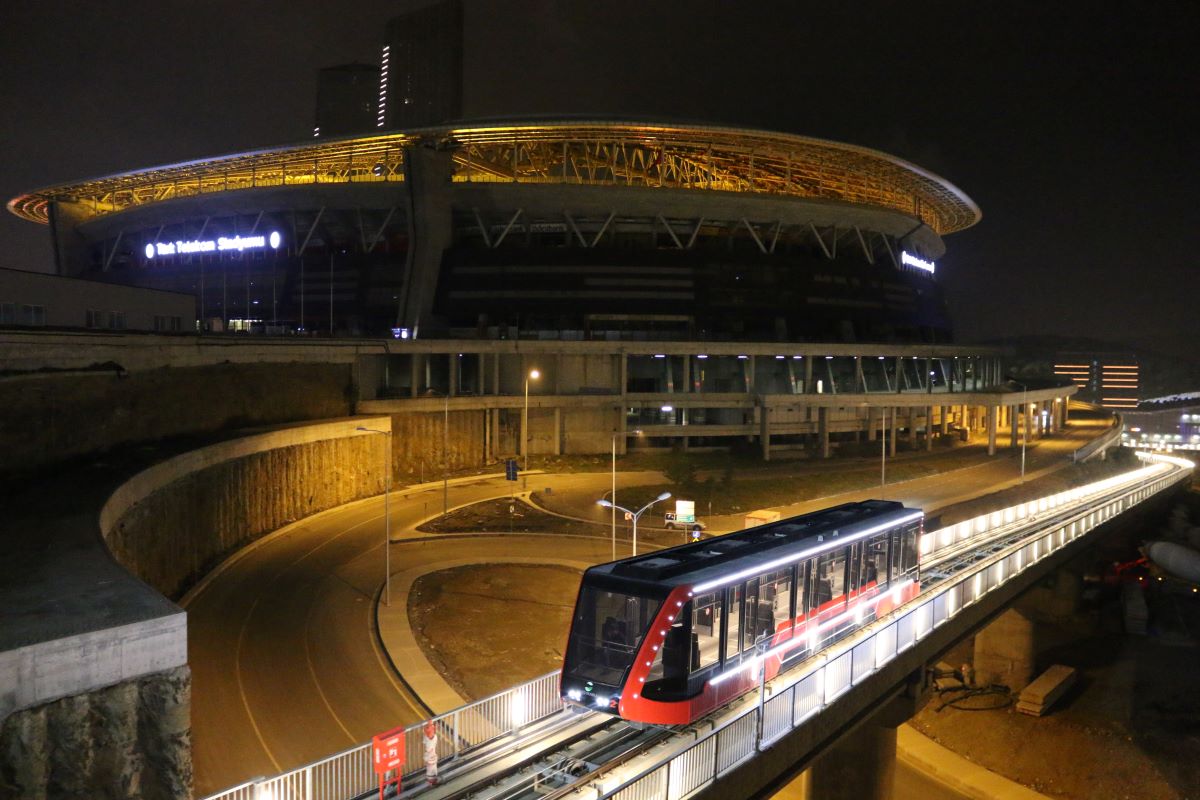
Funicular Favored
“In short: the funicular is the best solution. It also found the most approval in discussions with citizens and politicians,” emphasizes Kantke. To provide a professional basis for the funicular planning, technical discussions and site visits with cable car and construction engineers have already taken place.
These revealed an investment cost of around €165 million for a funicular that runs underground except for the 400-meter-long above-ground section at the Hellabrunn parking lot. Of this, €35 million is allocated to the cable car technology and €130 million to the structural shell (prices as of 2017).
Autonomous Operation
“The route is — except for the passing loop at Hellabrunn in the middle of the track — completely single-tracked,” Kantke gives insight into the current planning status. Basically, the funicular can operate fully automatically. The vehicles do not have driver cabins.
“It is entirely sufficient for the funicular to be monitored and controlled via monitors by the subway dispatchers of the Munich Transport Company,” the transport planner assures. Accordingly, the funicular requires about 0.1 jobs per shift.
Considering different shifts, vacation, and sick days, Kantke estimates 0.5 full-time jobs needed for the funicular’s operation.
Passenger Forecast
According to the transport planner, a transport capacity of 3,200 persons per hour per direction with two trains of 400 seats each, operating at a 7.5-minute interval, is sufficient to handle the traffic. The funicular is expected to carry approximately three to four million passengers annually.


